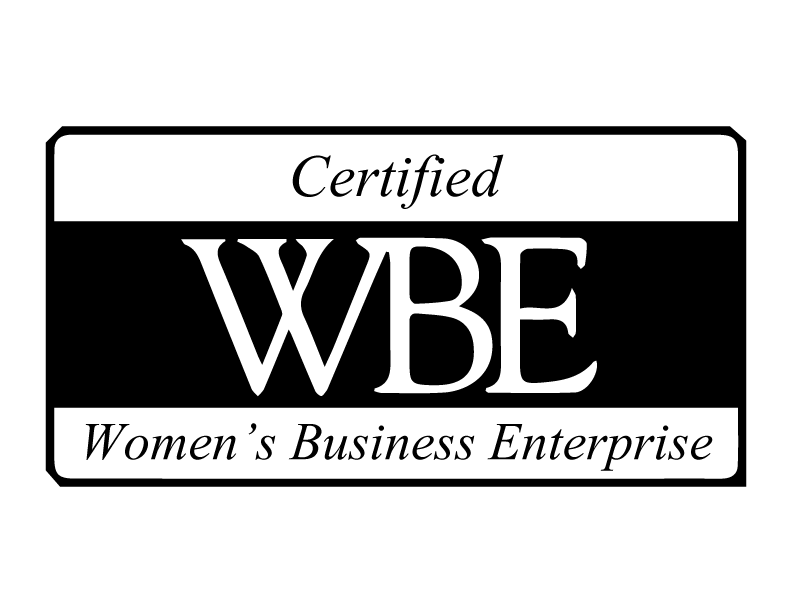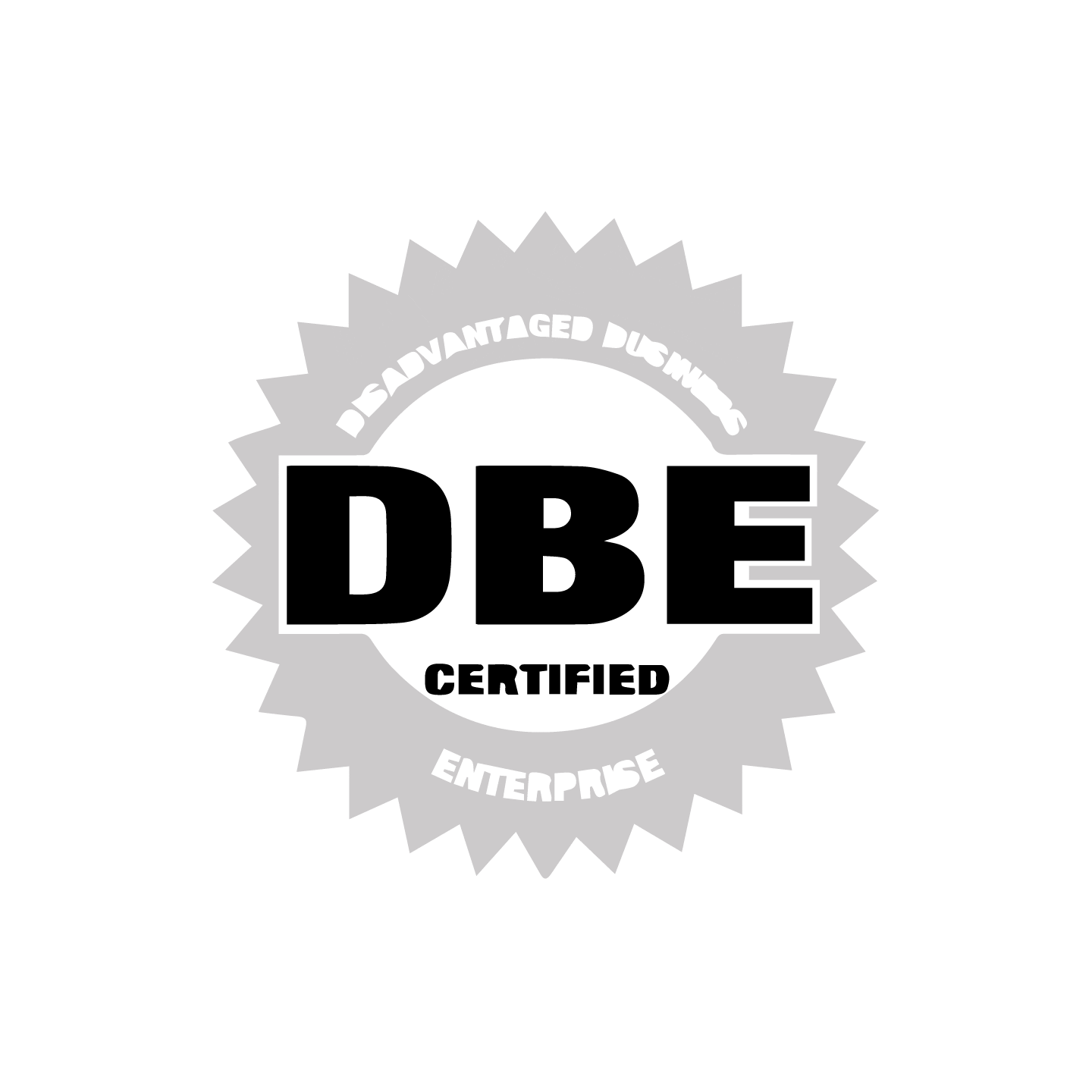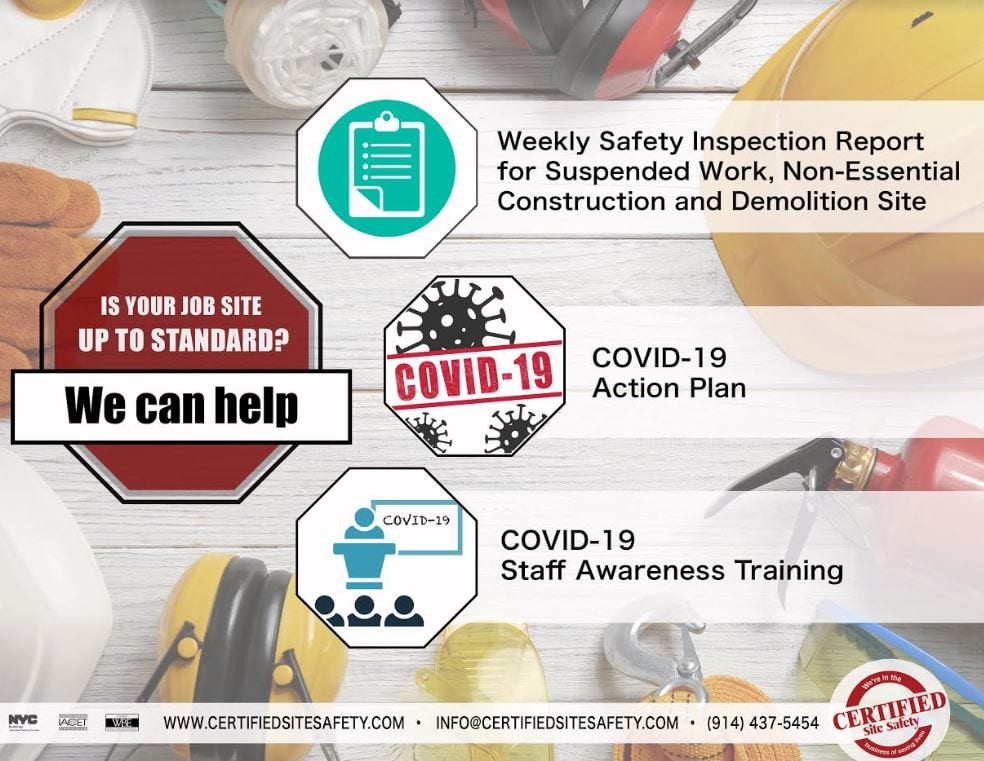We can Help
- Weekly Safety Inspection Report for Suspended Work, Non-Essential Construction and Demolition Site
- COVID-19 Action Site
- COVID-19 Staff Awareness Training
The federal Occupational Safety and Health Act, commonly referred to as OSHA, requires all employers to ensure that the working environment for all their employees is a safe one. Many states also have state regulations that they must adhere to as well. In order for employers to be in compliance with OSHA safety regulations, they must be aware of what their obligations are.
The Professionals You Can Trust
Here at Certified Site Safety of NY, LLC, our highly skilled and experienced female team of dedicated professionals is committed to providing employers with insight and data needed to understand as well as comply with the many safety regulations put in place by OSHA. With over 12 years of providing professional site safety services in New York, our team of experts is steadfast in our commitment to streamline the safety measures that benefit both employers and employees. With that said, here are some important facts about OSHA safety regulations.
- Covid-19 Related – As of May 2020, in response to the Covid-19 pandemic, OSHA has provided updated regulations that require employers to record any work-related cases of the coronavirus. It is mandatory for employers to keep a log of all those employees stricken with the Covid-19 virus on the typical OSHA Form 300 that is used for filing and recording all accidents or illnesses that are work-related. Though it can be somewhat challenging to identify work-related illnesses, especially with regard to Covid-19, it is more than likely that an employee who has encountered customers or colleagues affected by the virus, or whose job responsibilities put them within areas of a specific community that has experienced transmission, has suffered a ‘work-related’ illness. However, if an employee is the only one in the work environment who has contracted the illness, or has been in contact with family or friends who have tested positive for the virus, then it can be safely decided that this employee’s illness is not work-related.
- Adhere to All OSHA Rules – All employers must abide by OSHA rules for each and every company employee, regardless of their position, title, classification or status. The law in place is specific to all managers, partners, officers, supervisors, stockholders, board members, and family members who are also employed. The only group of ‘employees’ who are not covered by OSHA would be those classified as independent contractors for the business.
- Safety Rules That Apply for Businesses – All employers are aware of the fact that OSHA requires them to provide and maintain a safe work environment that is free of hazards that can cause serious injury or even death to employees. These hazards are identified by OSHA as ‘recognized hazards.’ Faulty equipment and toxic substances and odors are among some examples of recognized hazards. If an employer identifies any such hazards in the workplace, they are obligated to take whatever reasonable measures are needed to eliminate the hazards and the potential harm they can bring upon employees.
It is the obligation of every employer to provide safety well beyond just the four walls of the company building or office, in that employees sent out to other work-related locations including construction sites and demolition sites especially, must be protected by a safe working environment. In addition, it is the responsibility and obligation of the employer to provide its employees with the appropriate equipment, including safety equipment where necessary, and industry tools that are functioning at peak safety levels. Further to this obligation, employers must provide adequate training and supervision to all employees, regardless of where they are performing their work responsibilities. - Additional OSHA Regulations and Requirements – In addition to providing employees with a safe work environment, it is also the obligation of employers to comply with specific reporting requirements set forth by OSHA. Further, employers have several posting and recordkeeping requirements they must adhere to as well and must submit to scheduled and unscheduled OSHA inspections. Employers must post an OSHA notice or poster that outlines the rights and obligations of workers under the OSHA laws. Further to this, employers must also keep adequate records of all attempts and actions taken to comply with OSHA laws and steps taken to provide a safe environment that prevents illnesses and injuries to your employees.
- Employees and Workers Rights – In order for employees to feel safe or to take actions necessary to ensure their own safety in the workplace, OSHA gives specific rights to the employees. An employee may file an OSHA complaint identifying an unsafe work environment or unsafe working conditions as well as any other OSHA violations they have witnessed. When an employee files a complaint, the employer cannot, in any way, retaliate or take action against the employee for their filing. It is also allowed that employees who genuinely feel they are in danger in their workplace can refuse to perform work. If such is the case, again an employer cannot take action against the individual employee. If, however, an employer does in fact take action against an employee who reaches out to OSHA they can and will more than likely be faced with fines or penalties.














